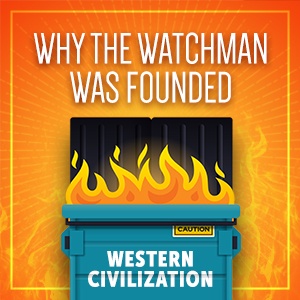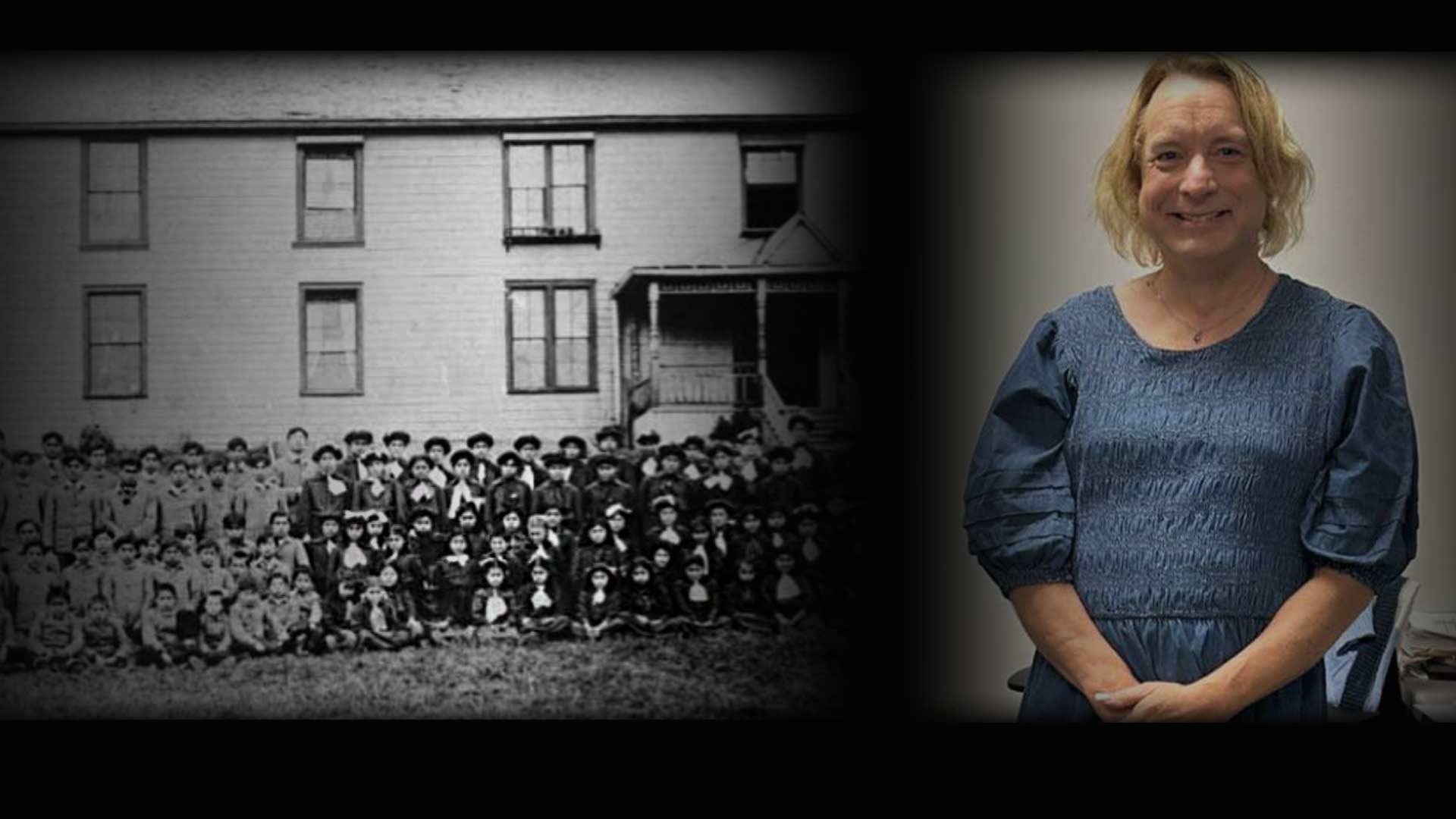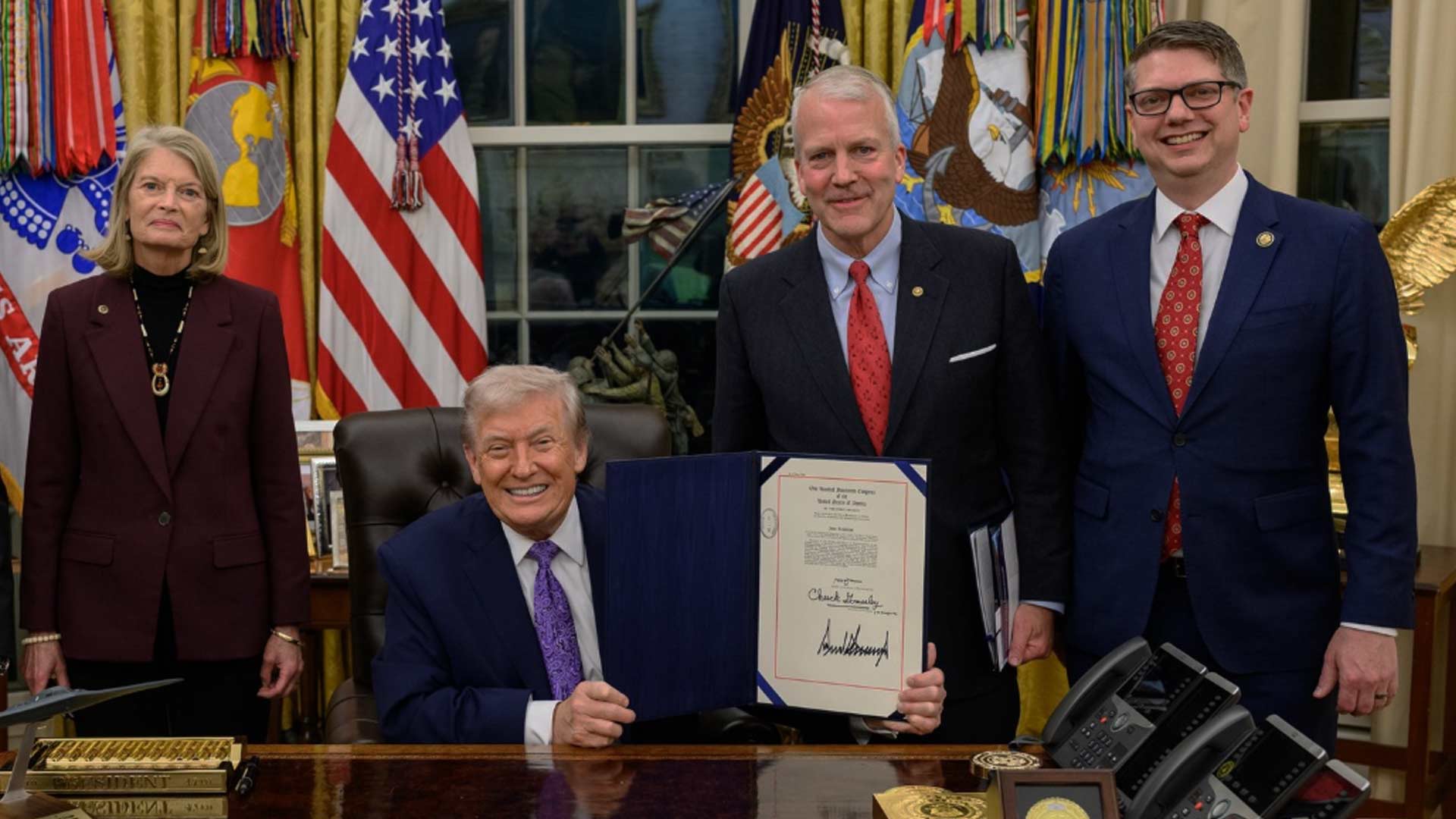
The history of primary elections in Alaska is a “Mess with a Capital S.” Few would deny this.
The first mistake is that since the early decades of statehood Alaska permitted the state government to run its primary elections. This put the private political clubs – which is what a party is – under the dependency and control of the government. This is always an invitation for trouble no matter the activity. To that end, statutes exist that dictate how parties ought to select their candidates for statewide elective office.
The second mistake is that the primaries were “open,” a free-for-all where a voter’s party affiliation did not matter. Presented with a slate of candidates for each office from the variously sanctioned political parties, the voter selected their choice. Often, Republican voters cast for a Democrat, or a Democrat for a Republican, in order to interfere with their opponent party’s choice in the general election, selecting a weak, unknown or poorly qualified candidate to run against their own party’s “varsity.”
Thirdly, in the mid-1990s the Republican Party, having had enough of this, decided to shut out voters who were declared for a specific party, leaving the Republican primary open to their own registered party members and the so-called “independent” voter.
This was contested but the issue had already reached the U.S. Supreme Court and the GOP went ahead with its plan.
Apparently by winks and nods, voters are supposed to know who is actually a “non-partisan” candidate but also a member of the Democratic Party.
The effect was to immediately shrink the ranks of mostly third parties. By switching to a non-partisan registration, a voter could decide when they wanted to pick up either a Republican primary ballot or an “Open Primary,” where Democrats, Alaskan Independence or other third parties would be represented.
More trouble: by definition, only “recognized statewide political parties” would automatically gain access to the primary unless the candidate filed by petition, in which case they would appear as “Undeclared” or “Non-Partisan.”
When a voter enters the primary booth in what is now officially called “The AI/Democratic Open Primary,” the primary ballot is difficult to sort out. In the U.S. Senate race this August, the AI/D Open Primary showed Edgar Blatchford as a “D,” and across from his name “Democratic.” But for Chris Cumings and Al Gross, their names were followed by “N,” officially as “Non-Partisan,” yet reading across the ballot line indicated “Democratic” – just like Blatchford – causing a senseless bit of confusion.
A ‘closed primary’ would permit only duly registered party members to participate.
Apparently by winks and nods, voters are supposed to know who is actually a “non-partisan” candidate but also a member of the Democratic Party. It is not unreasonable that a voter might guess that Blatchford was running unopposed and that Gross and Cumings were facing off for a spot in the general election under “Non-Partisan,” thus providing four candidates (with John Wayne Howe of the AIP and Dan Sullivan of the GOP) for November’s election. But in reality, they were all three vying to become the Democratic nominee, which ended up being Gross.
Another injustice and inconsistency is that Cumings and Gross reached the primary as “Non-Partisans.” It would seem that the Division of Elections permits not only Gross but Alyse Galvin and other alleged “Non-Partisan” candidates to have it both ways (running as “non-partisan” but being able to win the Democratic nominee). By any measure of common sense and fairness, this primary system as currently constituted is arguably pro-Democratic Party.
So, what is the solution? There will be many proposals but the least likely – yet most fair – is to admit that the state government ought to have no hand in the affairs of a private political club. In letting the state (meaning taxpayers) fund the primaries, the parties are dependent and control by the state.
Primary elections are expensive. Parties ought to pay for them.
ALASKA WATCHMAN DIRECT TO YOUR INBOX
A “closed primary” would permit only duly registered party members to participate. And how would it be paid for? Several ways: by requiring party dues from those who register with them, or paying for the privilege at the ballot box if a party’s rules allowed independent voters to do so.
But the convention method also works. The Alaska Independence Party calls for their candidates for governor to be nominated by convention but state statute (written by Democrats and Republicans) does not permit this.
A person’s vote carries far more influence in a primary. If a citizen is invested in the political process, perhaps they will begin to realize that the sacrifices necessary to sustain freedom are not, unfortunately, free.
The writer was a candidate for U.S. Senate in 1990 and 2008, is a 44-year Alaskan, a retired public school teacher and currently a radio talk-show host of The Bird’s Eye View on KSRM in Kenai. He is also chairman of the Alaska Independence Party.
The views expressed here do not necessarily express those of the Alaska Watchman.







